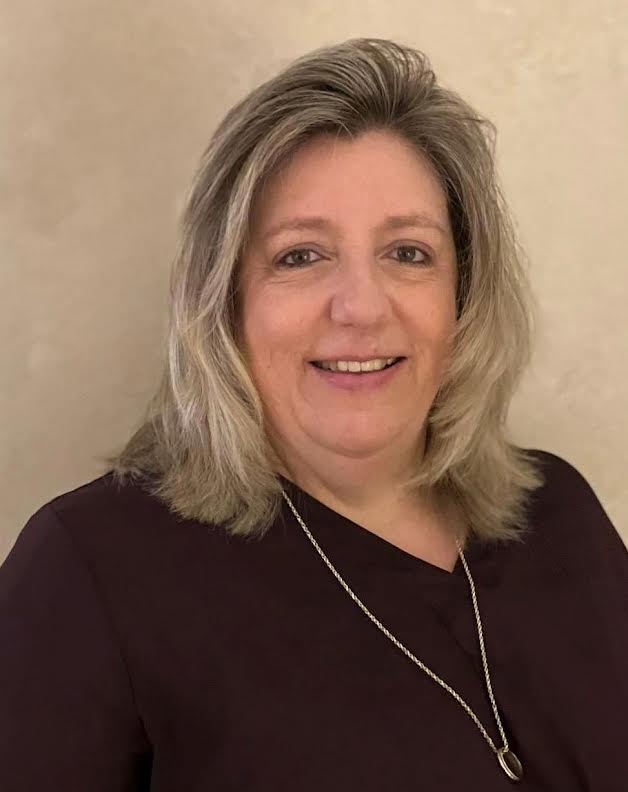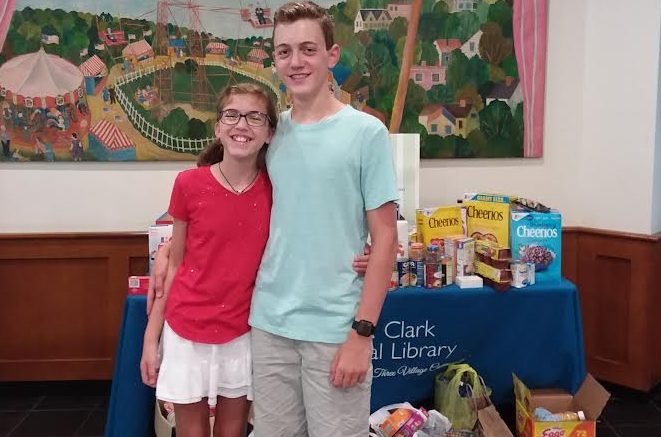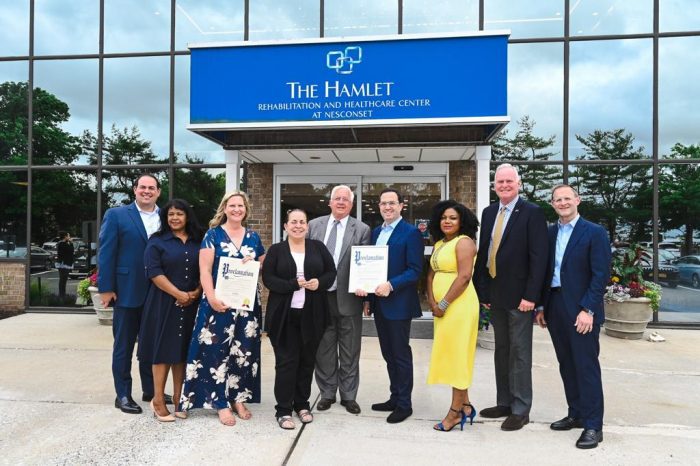The Town of Smithtown Department of Environment and Waterways, in partnership with the Municipal Services Facility and the Department of Public Safety, will host a Household Hazardous Waste Collection event on Saturday, July 9. This free event will be held at the Smithtown Municipal Services Facility, located at 85 Old Northport Road in Kings Park, from 7 a.m. to 3 p.m. This event is for Smithtown Township residents only. Proof of residency will be strictly enforced.
At the April 2022 event, Smithtown Municipal Services Facility employees worked in conjunction with the Department of Environment and Waterways Environmental Director David Barnes and Solid Waste Coordinator Mike Engelmann to safely secure over twenty eight (55) gallon drums, fifteen (1) cubic yard boxes, one miscellaneous container for specialized hazardous waste, and two full 30 cubic yard roll-off containers loaded up with paints/solvents, etc. The exact weight collected was 29.1 tons (scale house net) in hazardous materials. Approximately 600 Smithtown households participated in this event.
A portion of the wastes collected for manifested disposal include: waste oil based paints/ flammable paints, gasoline, paint thinners, waste gases, petroleum distillates, flammable solids, oxidizers liquids and solids, sodium/potassium nitrates, acids, corrosives, pesticides, herbicides, fertilizers, misc. toxic liquids (i.e. Chlordane, etc.) and solids, lacquers, lithium batteries, battery acids and various other toxic compounds.
***The Town, in cooperation with Covanta, will be giving away $5 gift cards for the disposal of rechargeable batteries and propane tanks, 1 gift card per household, while supplies last.***
DID YOU KNOW…
Residents can also dispose of Electronic waste, free of charge, at the Town Recycling Center (also located at 85 Old Northport Road). Electronic Waste such as computers, printers, TV’s, monitors, automotive and household batteries can be dropped off during regular hours for proper recycling.
Mulch is also available FREE OF CHARGE to residents. Smithtown residents can line up for Pre-packaged bags of mulch with a maximum of ten (10) bags per visit. We offer free loading of loose mulch into your pick-up or dump truck. (Cover required)
The Smithtown Municipal Services Facility is located at 85 Old Northport Road in Kings Park, NY.
Regular Operating Hours: Tuesday through Saturday from 7:00 am to 11:45 am and 12:45 pm to 3:15 pm. For more information, call 631-269-6600.















